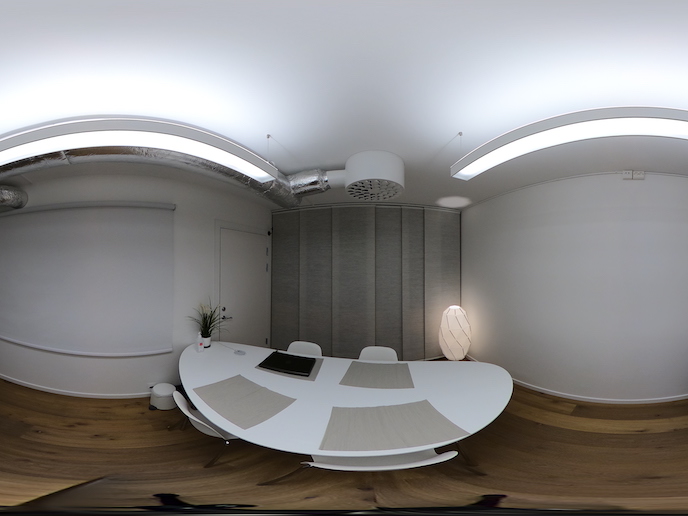Augmented reality takes the guesswork out of interior design
In the coming years, virtual reality (VR) and augmented reality (AR) will likely have a significant impact on many areas of everyday life. In interior design, AR could help customers and design professionals visualise how modifications to furnishings will change the appearance of spaces. Yet there are barriers to it taking off. “We’ve seen a lot of announcements about indoor AR planning and design tools recently, but many are tied exclusively to products from particular large companies,” says Georg Thallinger, project coordinator of the ATLANTIS project. “Another challenge has been digitising indoor environments, with some tools relying on users doing it themselves.” Building on a business case from project partner Roomle, ATLANTIS took advantage of progress in scanning technology, to create a solution that links to any company’s catalogue items, customisable to specific needs. “Our solution opens up the AR market to smaller, more niche companies, helping these businesses grow, while giving customers more choice and control,” explains Thallinger from Joanneum Research, the project host. As well as launching a prototype, ATLANTIS has made some software components available as open-source tools, while also adding to existing indoor scene data sets.
Scene authoring
The inspiration for the project was twofold. Firstly, most room planning AR-based apps require users themselves to draw a floor plan. Secondly, the visualisation of virtual items inserted often clashes with real objects in the room. The challenge was to digitally represent the interaction zone both on-site (using AR) and off-site (using VR). This required estimations of room layouts (edges between floor, walls and ceiling) and the object’s distance to cameras. “The 3D modelling tools that create the visualisations have complex user interfaces; we wanted to hide this complexity from users,” adds Thallinger. To simplify scene authoring, ATLANTIS takes a single panoramic image from which it reconstructs room geometry and scene components – objects in the room – delineating these from other objects and the background. To enable digital interaction, objects have to be mapped (their boundaries recorded) and classified, according to type. This means that to remove an object, a user simply selects it, without having to manually draw a border around it. If a user digitally removes an object, an AI-driven technology known as diminished reality (DR), ‘inpaints’ to calculate what would be remaining in view. “While digital removal existed before, we enable it with one tap and with groups of objects. Our inpainting also ensures that once objects are removed, the room remains geometrically accurate, making it more visually realistic,” explains Thallinger. ATLANTIS followed a user-centred approach, starting with stakeholder interviews in the design phases, which led to prototypes. These were then continually tested with potential users, including in two larger task-based evaluations. One with an intermediate version of the prototype, the other with a close to final version, each involving at least 24 users. “We compared our system against three alternative tools, finding that the prototype did well for task efficiency and user satisfaction. We also arranged guided walkthroughs with professionals, getting positive feedback,” says Thallinger.
Boosting business models
In setting realistic customer expectations, the ATLANTIS AR app saves businesses and consumers time and money by avoiding later changes. New digital workflows such as this will also help SMEs grow their business, offering valuable data which could be used for marketing purposes, for example. The team will now incrementally integrate their technology within Roomle’s products and services, while assessing customer feedback. The ultimate goal is to develop a commercial solution based on Roomle’s full product range.
Keywords
ATLANTIS, augmented reality, AR, interior design, authoring tool, app, inpaint, diminished reality, DR







